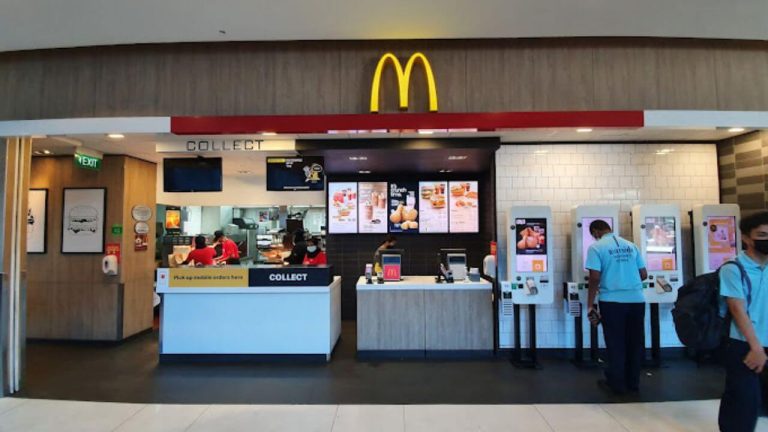For companies operating internationally, choosing the right payment method is critical. In Europe and beyond, two systems dominate cross-border transactions: SEPA (Single Euro Payments Area) and SWIFT (Society for Worldwide Interbank Financial Telecommunications). Both are essential for global trade, but they serve different purposes.
As 2025 unfolds, businesses need to understand which system best fits their operations and how fintech solutions can combine both for maximum efficiency.
What Is SEPA?
SEPA was designed to simplify euro-denominated payments across Europe. Covering more than 30 countries, it allows businesses and individuals to send and receive payments in euros as easily as domestic transfers.
Advantages of SEPA:
- Low fees compared to international transfers.
- Payments often settled within 24 hours, or instantly with SEPA Instant.
- Standardized payment infrastructure across Europe.
Limitations:
- Euro-only transactions.
- Restricted to countries participating in the SEPA scheme.
What Is SWIFT?
SWIFT, by contrast, is a global messaging network that enables banks in over 200 countries to communicate securely. It supports multiple currencies, including USD, EUR, GBP, CHF, and more.
Advantages of SWIFT:
- Truly global reach.
- Multi-currency support.
- Secure and widely trusted by banks.
Limitations:
- Higher fees per transaction.
- Longer settlement times (1–5 business days).
- Possible intermediary bank charges.
SEPA vs. SWIFT: Key Differences
| Feature | SEPA | SWIFT |
|---|---|---|
| Currency | EUR only | Multi-currency (USD, GBP, EUR, etc.) |
| Speed | Same day or instant | 1–5 business days |
| Cost | Low, predictable | Higher, with intermediary fees |
| Reach | Europe (30+ countries) | Global (200+ countries) |
For businesses, the choice often comes down to scope (European vs. global) and currency (euro-only vs. multi-currency).
Which One Should Businesses Choose in 2025 ?
The answer depends on where your customers and partners are located.
- If your operations are primarily within Europe and you invoice in euros → SEPA is the most cost-effective and efficient option.
- If your business spans multiple regions and currencies → SWIFT is unavoidable, despite higher fees.
Why Not Both?
Modern fintech providers are helping businesses avoid the “either-or” dilemma. Platforms like ABF Pay offer both SEPA and SWIFT under one account, giving companies flexibility:
- Use SEPA for euro payments within Europe.
- Use SWIFT for international, multi-currency transfers.
- Combine both with multi-currency accounts to avoid unnecessary conversions.
This hybrid approach ensures speed and cost optimization without sacrificing global reach.
Conclusion
SEPA and SWIFT are not competitors,they are complementary tools for international business. In 2025, companies that want to grow globally must be able to use both systems effectively.
With solutions like ABF Pay, businesses gain access to SEPA for fast, low-cost euro transfers and SWIFT for global, multi-currency settlements, all within a transparent, AML-compliant framework.
For modern companies, the best strategy isn’t choosing SEPA or SWIFT, but having the flexibility to use both when needed.






